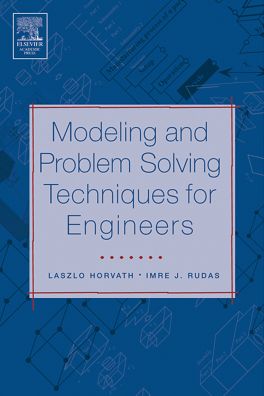Description
This book offers a comprehensive survey of computer methods for engineers that know the importance of the future applications of these techniques but can not understand them. Typically, design and production engineers can find books for specialists but they need one that helps them to understand the mystic world of advanced computer aided engineering activitites. This book is intended to fill this gap. Mechanical engineers will find basic theory and the value of competitive computer-aided engineering methods in the proposed book. The book will be written in a style free of computer specialists' jargon.
The topic of the book is computer methodology for engineers, including conceptual design, detailed design, styling, modeling, analysis, simulation, manufacturing planning, 3D graphic visualization. The aspect is of the engineer who is in dialog connection with computer procedures and is working in a human-computer system where a group of engineers collaborates using an advanced concurrent engineering environment.
The book will include chapters on: computing for engineering; computer representation; computing methods: creating computer representations; application of computer representations; engineering activities in the global computer environment; and opinions of some potentials.
The audience for this book consists of engineers, who must be familiar with computer methods and should be able to apply them in their work, as well as students who are not involved in computer-related courses but need an understanding of the world of computer-aided engineering to solve engineering tasks. Potential readers may be any individuals who need to understand computer-aided engineering methods, especially engineering modeling.
*Written by engineering professors who are also IT professionals, this book marries two points-of-view to provide a unique perspective
*Covers the full spectrum of computer-aided engineering, from mathematics to graphics
*Written purposefully in languge that is IT jargon-free, so that engineers will not get lost in tangled acronyms

